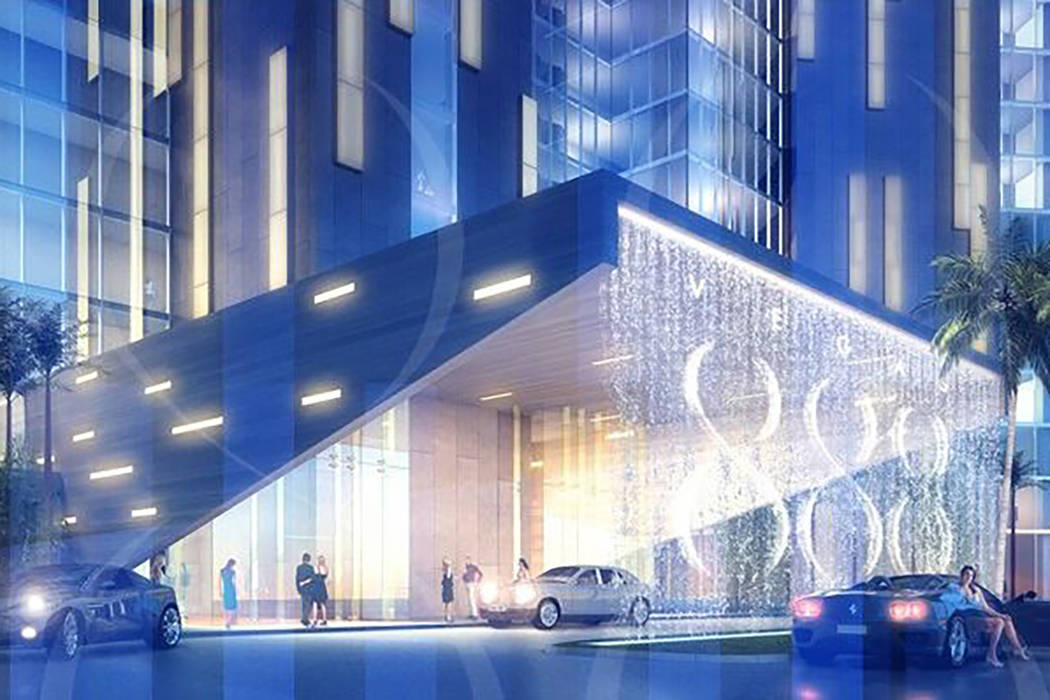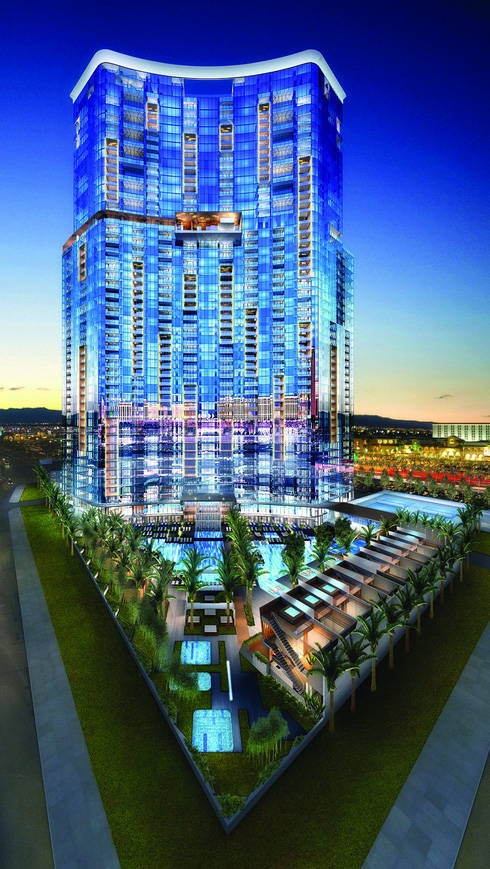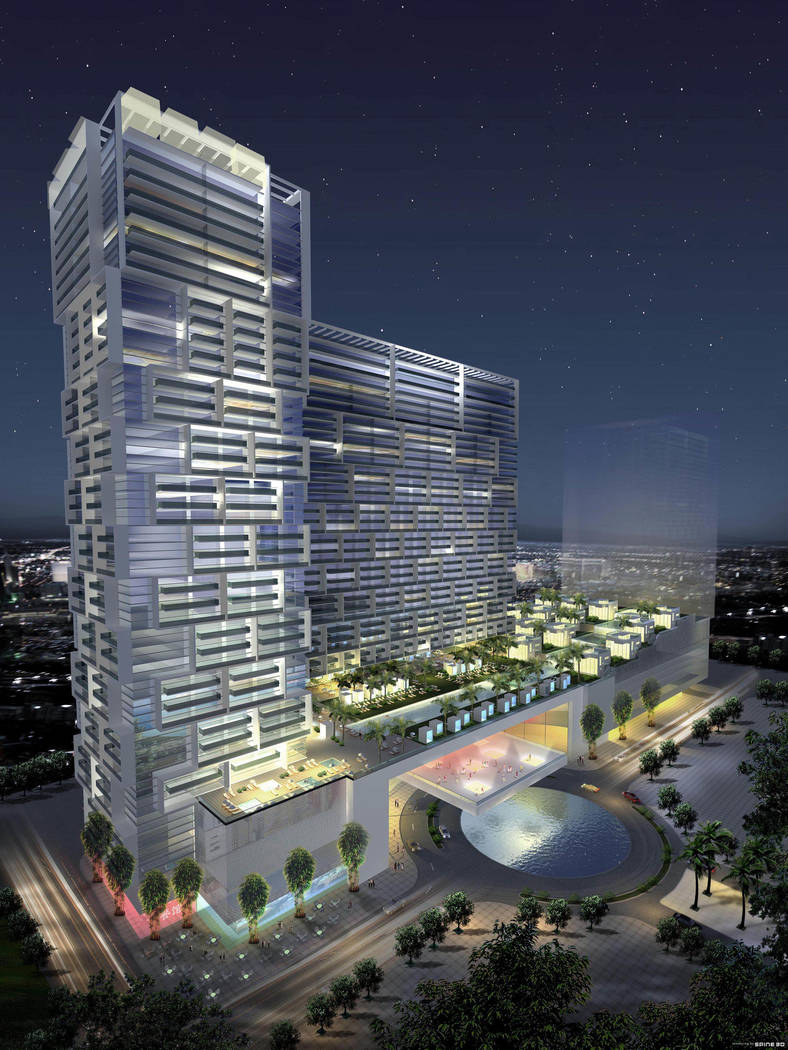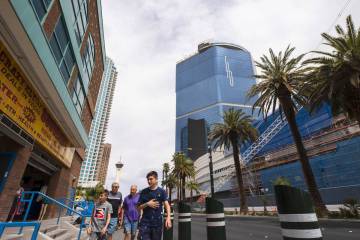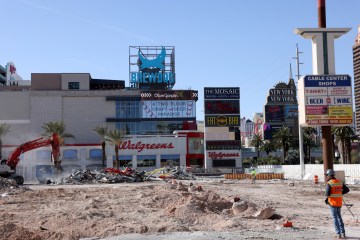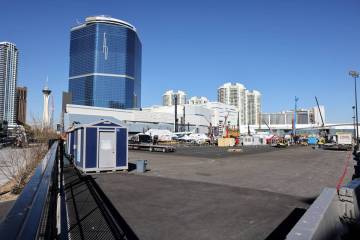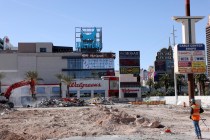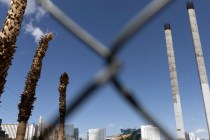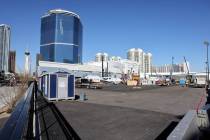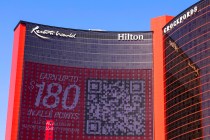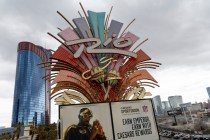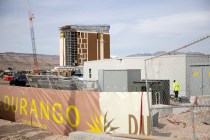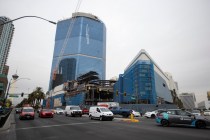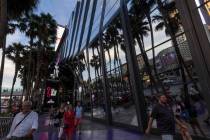Miami developer returns to Las Vegas — but not to build high-rises
Construction is gaining speed in Las Vegas, but if you want to see a glaring difference between today’s market and that of the mid-2000s bubble, just look at developer Jorge Pérez.
His company, Miami-based Related Group, said this week that it’s buying three project sites in the southwest Las Vegas Valley to build apartment complexes. It hopes to break ground next year and have one or two other deals underway by 2020.
The apartment market keeps heating up. Las Vegas rents are climbing at one of the fastest rates in the country, the vacancy rate is lower than most, landlords can’t seem to buy enough properties, and developers have been on a building spree, especially in the southwest valley.
What is Pérez not looking to build here? High-rises.
And he’s not alone.
“It’s pure economics,” Steve Patterson, head of Related’s apartment division, said Friday. Someone might build another residential tower in Las Vegas, he said, but his company “probably won’t be the first.”
Pérez was one of many developers who flocked to Southern Nevada during the wild boom years last decade to build condo towers, part of a push dubbed the “Manhattanization” of Las Vegas. Ultimately, most projects never left the drawing board. Some were abandoned as giant holes in the ground, and those that opened faced litigation, plunging sales and other problems — perhaps no surprise, as Las Vegas was ground zero for America’s real estate crash.
Today, construction financing isn’t sloshing around like it used to, and developers can’t land rents high enough to turn a profit on pricey high-rises, real estate pros say.
Patterson figured tenants might have to pay more than $3 per square foot for a high-rise project to work financially. But at that rate, a 1,000-square-foot unit would cost more than $3,000 a month, far too expensive for most locals, given that Clark County’s median household income is around $52,600, federal data show.
To make them more affordable, developers would have to build tiny apartments. But those might draw little interest amid the abundance of larger and less expensive options around town. Who wants to live in a shoebox if you don’t have to?
Las Vegas consultant John Restrepo, founder of RCG Economics, said he doesn’t expect any new high-rises for the foreseeable future. Residents can’t afford them, he said, and Las Vegas doesn’t fit the profile of a typical high-rise market — a densely populated city with water views.
That didn’t stop developers before. With homebuyers and builders alike grabbing easy money, investors laid out plans for dozens of towers during the bubble years, and plenty pitched lavish lifestyles.
The 50-story Vegas 888 called for private butlers, poolside villas and a nightclub called The Whale Club. Pinnacle Las Vegas, with two 36-story towers, promised a hibiscus-shaped pool, a garden jogging path, a putting green and more.
Those were among the many projects that never materialized. Pérez also never built Icon, which called for two 48-story towers, or Las Ramblas, a $3 billion hotel-condo project. Instead, he flipped the sites for big paydays.
His group bought the Icon site for $15 million and sold it for $37 million. His group assembled the site for Las Ramblas for nearly $82 million — and sold it for about $202 million.
Contact Eli Segall at esegall@reviewjournal.com or 702-383-0342. Follow @eli_segall on Twitter.



